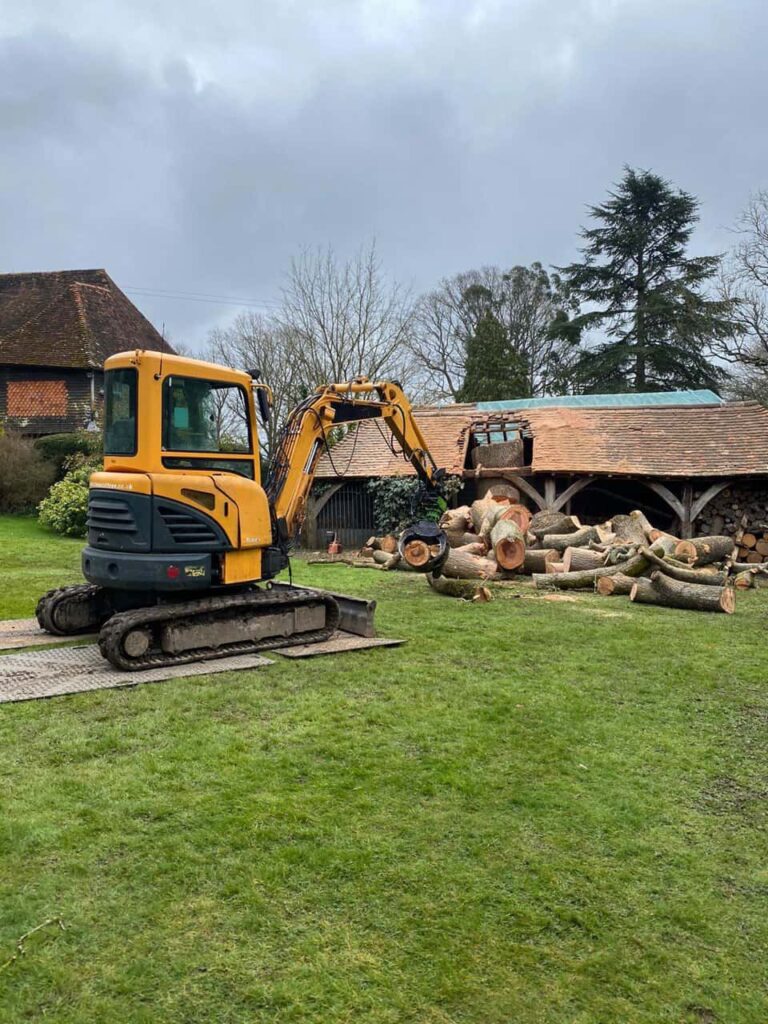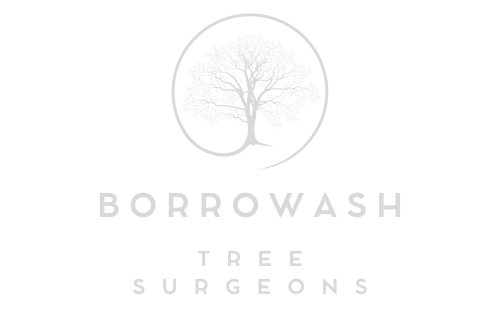Tree Reshaping for Healthy Growth and Disease Prevention
Introduction: Trees are a vital part of our environment and a valuable asset to any landscape. To ensure their longevity and vitality, practising responsible tree care, including tree reshaping, is essential. One of the primary purposes of tree reshaping is to promote healthy growth and prevent diseases that can harm your trees. In this blog post, we will explore how tree reshaping techniques can contribute to your trees’ overall health and well-being.
- Pruning for Disease Prevention:
Pruning is a key component of tree reshaping that involves removing dead or diseased branches. These branches can be a breeding ground for harmful pathogens, such as fungi and bacteria, which can spread to the rest of the tree. Regular pruning eliminates these potential disease sources, preventing infections and promoting tree health.
- Thinning for Improved Air Circulation:
Trees with dense canopies may suffer from poor air circulation, creating a humid environment favouring disease development. Thinning the crown through tree reshaping helps improve air circulation, reducing moisture levels within the tree’s canopy. This drier environment is less conducive to fungal diseases like powdery mildew and rust.
- Removing Crossing Branches:
Crossing branches can rub against each other, causing wounds that provide disease entry points. Tree reshaping involves removing these crossing branches to prevent such injuries and minimise the risk of infection. Proper pruning techniques ensure the tree’s structure is balanced and free from potential problems.
- Elevating the Canopy:
Elevating the lower branches of a tree during tree reshaping helps prevent soil-borne diseases from splashing onto the leaves during rain or irrigation. Keeping the lower branches clear of the ground reduces the risk of fungal diseases, such as root rot, from affecting the tree’s health.
- Correcting Structural Issues:
Trees with structural issues, such as co-dominant stems or included bark, are more prone to splitting and disease. Tree reshaping can address these structural concerns by removing or reducing problematic branches, ensuring a stronger and healthier tree.
- Promoting Vigorous Growth:
By removing deadwood and overcrowded branches, tree reshaping redirects the tree’s energy to healthy growth and new foliage. This promotes vigorous growth and helps the tree defend itself against diseases and pests.
Conclusion: Tree reshaping is not only about enhancing the aesthetics of your landscape but also about promoting the health and vitality of your trees. Through pruning, thinning, removing crossing branches, elevating the canopy, correcting structural issues, and promoting vigorous growth, tree reshaping plays a vital role in preventing diseases and ensuring the long-term well-being of your trees.
Call us on: 01332 215 097
Click here to find out more about Borrowash Tree Surgeons
Click here to complete our contact form and see how we can help with your tree’s needs.

